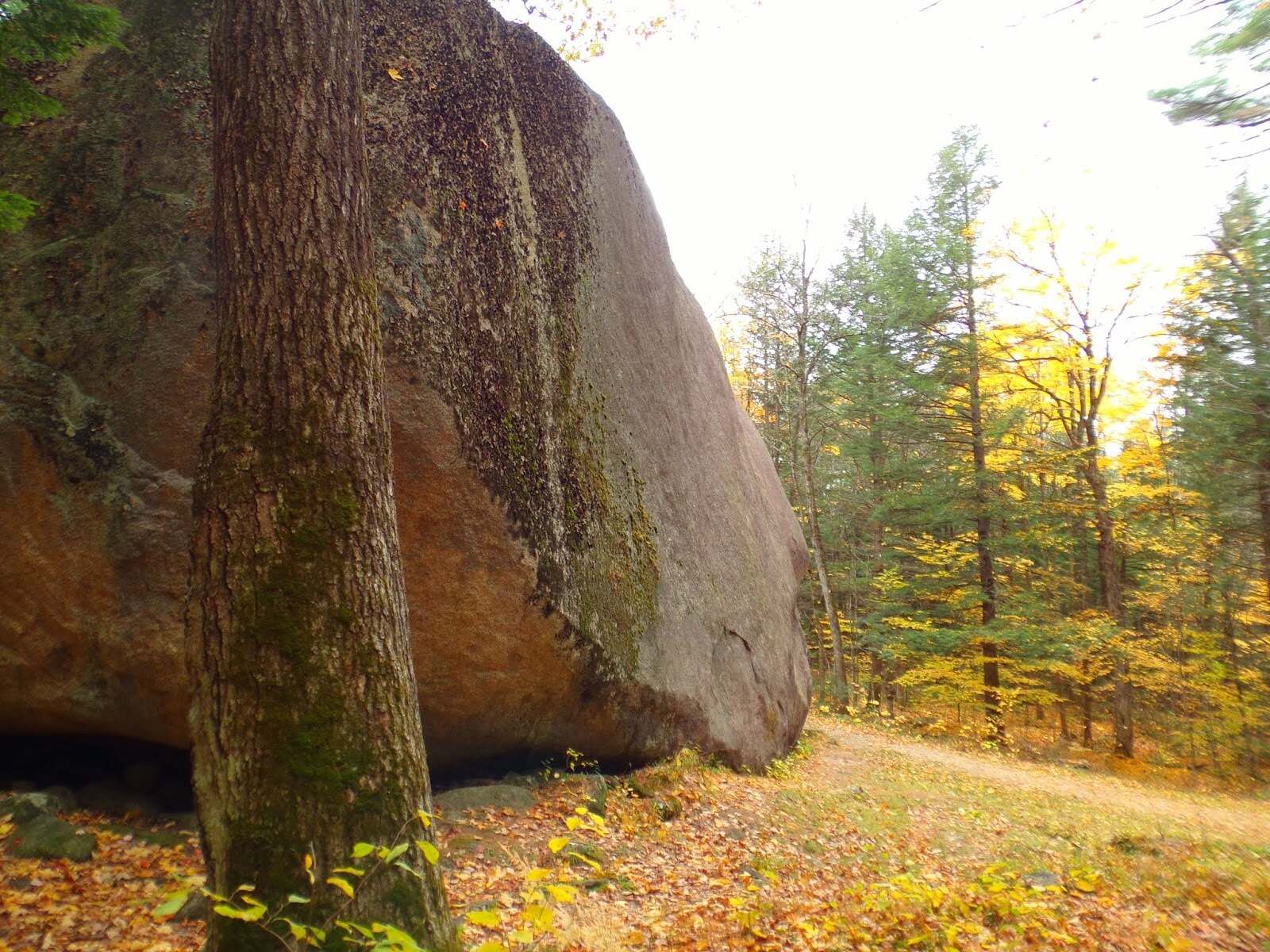Mystery Of New Hampshire’s Madison Spherical Granite Boulders

Have you ever heard of the Madison Spherical Granite Boulders in New Hampshire? These unique rock formations have puzzled geologists and visitors alike for years. Found in the town of Madison, these nearly perfect round stones seem almost out of place in the natural landscape. Some believe they were shaped by ancient glaciers, while others think they might be the result of volcanic activity. Regardless of their origin, these boulders offer a fascinating glimpse into the geological history of the region. If you're planning a trip to New Hampshire, make sure to add this intriguing site to your itinerary.
The Enigma of Madison's Spherical Granite Boulders
New Hampshire's Madison is home to a geological wonder that has puzzled scientists and intrigued visitors for years. These spherical granite boulders, scattered across the landscape, seem almost otherworldly. Let's explore some key spots where you can witness these natural marvels.
Madison Boulder Natural Area
The Madison Boulder Natural Area is a must-visit for anyone curious about these spherical granite formations. This state park offers a unique glimpse into the geological history of the region.
Madison Boulder: The largest known glacial erratic in New England, this massive boulder weighs an estimated 5,000 tons. Its sheer size and smooth, rounded shape make it a prime example of the mysterious spherical boulders found in the area.
Boulder Field: A short hike from the main boulder leads to a field filled with smaller, yet equally fascinating, spherical granite rocks. This area provides a more intimate look at the variety of shapes and sizes these boulders can take.
The Science Behind the Spheres
Understanding the formation of these spherical granite boulders requires a dive into geology. Scientists have several theories about how these unique formations came to be.
Glacial Activity: One popular theory suggests that these boulders were shaped by glacial activity during the last Ice Age. As glaciers moved across the landscape, they picked up and transported rocks, smoothing and rounding them over time.
Chemical Weathering: Another theory posits that chemical weathering played a significant role. Over millions of years, water and other natural elements could have eroded the granite, gradually forming the spherical shapes we see today.
Other Notable Locations
Beyond the Madison Boulder Natural Area, several other spots in New Hampshire offer glimpses of these intriguing geological formations.
White Mountains: The White Mountains region is dotted with spherical granite boulders, making it a great destination for hiking and rock climbing enthusiasts. Trails like the Franconia Ridge Loop offer stunning views and opportunities to encounter these natural wonders.
Pawtuckaway State Park: Located in southeastern New Hampshire, Pawtuckaway State Park features a variety of glacial erratics, including some impressive spherical granite boulders. The park's diverse landscape makes it a popular spot for outdoor activities like hiking, kayaking, and camping.
The Cultural Impact
These spherical granite boulders have not only captured the attention of geologists but also inspired local folklore and artistic expression.
Local Legends: Stories and legends about the boulders abound in the Madison area. Some tales suggest that the boulders were placed by giants or ancient spirits, adding an air of mystery and enchantment to the landscape.
Art and Photography: The unique shapes and textures of the spherical granite boulders have made them a favorite subject for artists and photographers. Local galleries often feature works inspired by these natural formations, showcasing their beauty and intrigue.
Visiting Tips
If you're planning a trip to see these spherical granite boulders, a few tips can help you make the most of your visit.
Best Time to Visit: The best time to visit Madison and its surrounding areas is during the fall when the foliage adds a stunning backdrop to the boulders. Spring and summer also offer pleasant weather for hiking and exploring.
Guided Tours: Consider joining a guided tour to learn more about the geological history and cultural significance of the boulders. Local guides can provide valuable insights and take you to some of the lesser-known spots.
Respect Nature: While exploring, remember to respect the natural environment. Avoid climbing on the boulders or disturbing the surrounding vegetation. Leave no trace to help preserve these natural wonders for future generations.
The Enigma of Madison's Granite Boulders
Madison's spherical granite boulders remain a captivating mystery. These natural wonders, scattered across the landscape, have puzzled geologists and visitors alike. Their unique shape and formation continue to spark curiosity and debate. Some theories suggest they were shaped by ancient glaciers, while others believe they formed through weathering processes over millions of years.
Visiting Madison to see these boulders offers a chance to connect with nature and ponder the Earth's geological history. Whether you're a geology enthusiast or just love exploring unique landscapes, these boulders provide a fascinating glimpse into the past.
Next time you're in New Hampshire, make sure to check out these intriguing formations. They might not reveal all their secrets, but they will certainly leave you in awe of nature's artistry. Madison's granite boulders are a testament to the Earth's ever-changing and mysterious nature.

